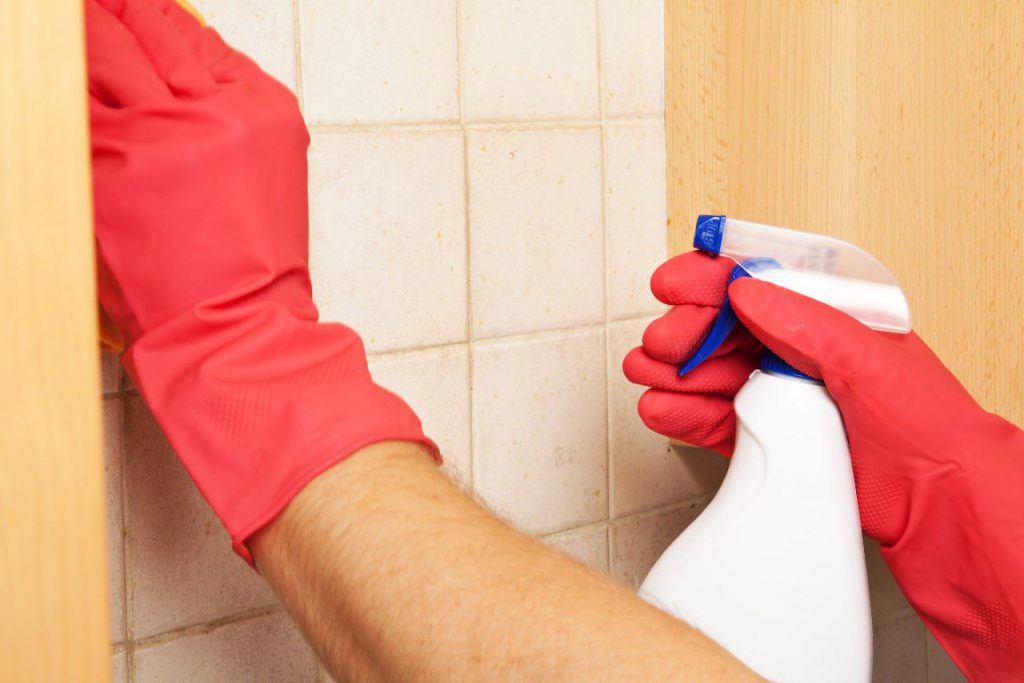Protecting the health of our family is of utmost concern; it goes without saying, keeping a germ free home is our greatest tool in the fight against disease. Simply put, a germ is a tiny microorganism or living thing that causes diseases whether viral, fungal or bacterial. Our environment must be clean and sanitary in order to ensure these little buggers stay out!
Clean and sanitary? Does this imply there is a difference between the two? A clean home is one that has no visible signs of dust, grease, grime or food particles on its surfaces, such as countertops, walls and floors. However, although a surface may appear clean, a microscopic inspection may reveal mould, germs, bacteria, and pathogens that are often the hidden causes of illness and allergies; creating the need for sanitation.
A sanitary home, is cleanliness taken one step further. It is a drastic reduction in the pathogen, germ or bacterial levels that may be present in the air, linen and hard surfaces of the house. Sanitising one’s space does not mean these microorganisms have been completely wiped out, it simply means that they are now at a safe level in order to exist in a relatively germ free environment. So if cleanliness is next to godliness, it can be said that sanitation is next to salvation, and both go hand in hand in ensuring a safe and healthy home for your family!
So how can we keep our homes both clean and sanitary? Here are some suggestions:
Cleaning Tools: A dirty cleaning item cannot reasonably be expected to produce a clean surface. Householders should ensure that wiping rags, mops, and sponges are regularly washed in a solution of disinfectants or bleach and soapy water. These items should promptly be put out to dry in the sun to prevent the build-up of mould, bacteria and unpleasant smells.
Separate Rags: Rags, towels, sponges and other items should be kept for separate usage to avoid cross contamination. Colour coding is a great separating method. For example, kitchen rags that are used to wipe countertops which may occasionally have spills from raw meat, a source of E-Coli bacterial strains, should be kept separate from the dish rags used to wash plates, cups and other kitchen utensils. In like manner, in our bathrooms, sponges or rags that are used to wipe face basins and bathtubs, should be kept and used separately from the linen used to wipe down toilets, plungers or garbage bins.
To continue reading, purchase Vol.9 #1, 2017 Issue.

